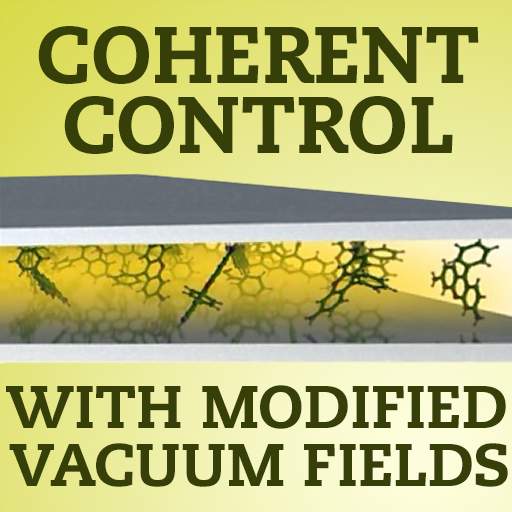Speaker
Description
When molecules are placed in a non-classical photonic environment present in optical or nanoplasmonic cavities, it is possible to form strong light-matter-coupled hybrid states called polaritons. Recent experiments show that this strong coupling between light and matter is capable of modifying chemical and physical properties and offer a possible novel approach to control chemical reactions. The situation in which the quantized cavity modes are coupled via their characteristic frequency to vibrational degrees of freedom of molecules is called vibrational strong coupling (VSC). In the VSC regime, the chemistry of a single electronic state (mostly the ground state) and its vibrational spectroscopy are influenced by the cavity interaction.
In this theoretical contribution, we use the ab-initio Cavity-Born-Oppenheimer-Hartree-Fock approach to study the effect of VSC on the ground state properties of single molecules and small ensembles of such molecules [1]. Our ab-initio treatment allows us to study the interactions between single molecules mediated by the cavity. These interactions give rise to local strong coupling effects that are likely to allow the modification of chemical reactivity in the VSC context. In a next step, we implemented analytical gradients and numerical Hessians within the Cavity-Born-Oppenheimer-Hartree-Fock framework [2]. The possibility to optimize cavity-coupled molecular systems revealed the importance of geometry relaxation and reorientation. Moreover, by introducing a vibro-polaritonic normal mode analysis, we are not only able to determine vibro-polaritonic IR spectra, but also to perform a comprehensive analysis of these hybrid states.
[1] T. Schnappinger et al., J. Phys. Chem. Lett., 14, 8024 (2023).
[2] T. Schnappinger et al., J. Chem. Theory Comput., 19, 9278 (2023).

